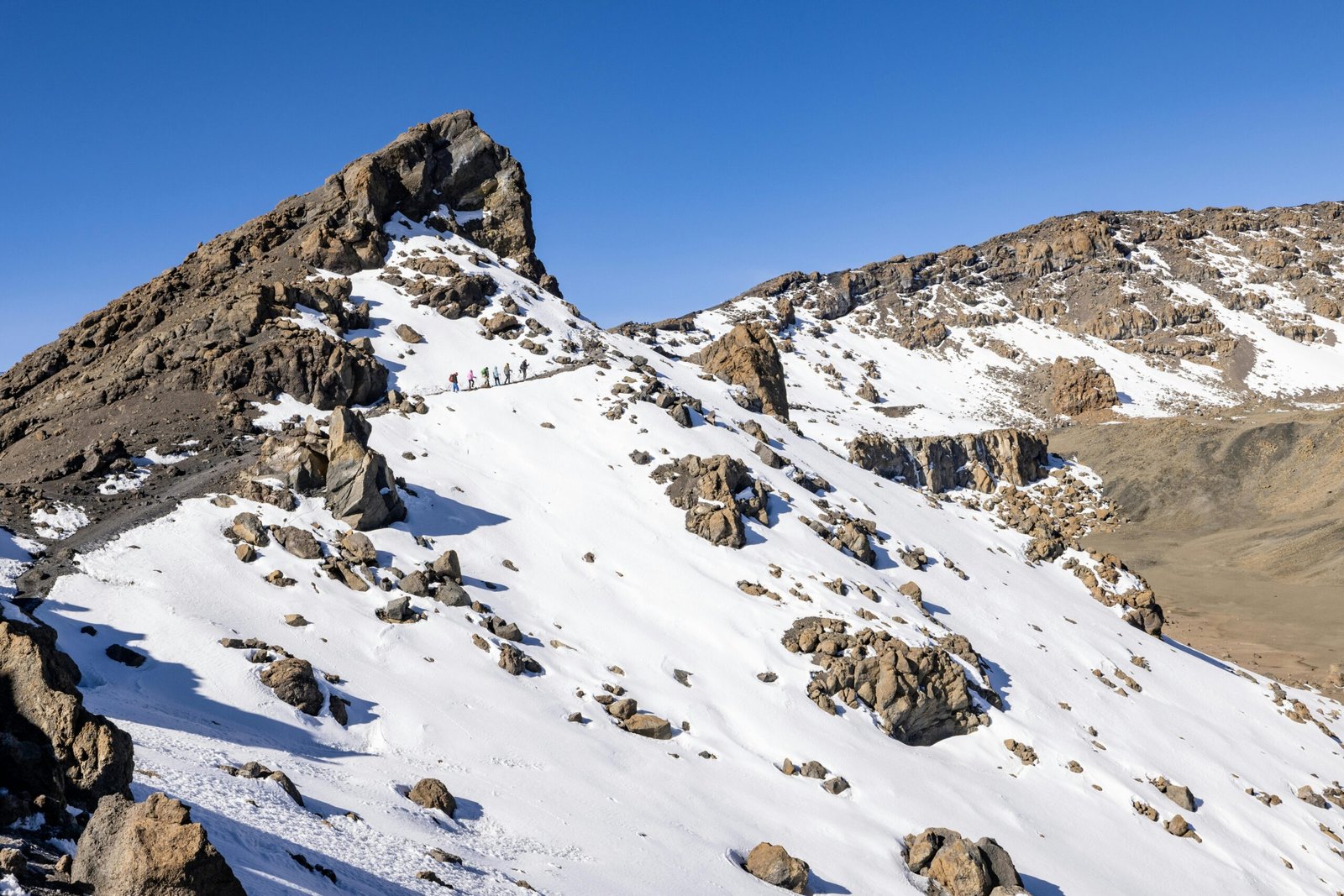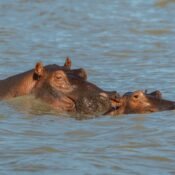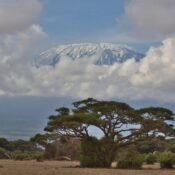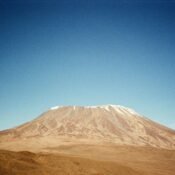
Why Hiking Kilimanjaro in the Dry Season Raises Your Summit Success
Mount Kilimanjaro, Africa’s highest peak and one of the world’s most iconic climbs, is a dream destination for adventurers across the globe. Rising majestically to 5,895 meters (19,341 feet), the “Roof of Africa” is both a physical and mental challenge. While the mountain can technically be climbed year-round, the time of year you choose to summit can greatly impact your chances of success. Hiking Kilimanjaro in the dry season not only offers more favorable weather conditions but also significantly raises your chances of reaching the summit.
In this article, we’ll explore why the dry season is considered the best time to attempt Kilimanjaro, how it improves your summit odds, and tips to make the most of your dry-season trek.
Understanding Kilimanjaro’s Weather Patterns
Kilimanjaro’s weather is dictated largely by its equatorial location, which divides the year into two rainy seasons and two dry seasons:
- Long rains: March to May
- Short rains: November
- Dry seasons: January to early March and June to October
The dry seasons provide climbers with clearer skies, lower precipitation, and more stable weather overall, which is crucial when trekking through the mountain’s five diverse climate zones—from tropical rainforest to arctic summit.
1. Better Trail Conditions
One of the main reasons dry-season treks are more successful is simply that the trails are more manageable. During the rainy season, paths can become muddy, slippery, and treacherous, especially in the rainforest and moorland zones. Navigating through slick rocks or waterlogged routes not only slows down your progress but also increases the risk of injuries or fatigue.
In contrast, dry-season conditions allow for steadier footing and less energy exertion, which is critical for acclimatizing properly as you ascend.
2. Fewer Weather-Related Interruptions
Climbers who hike during the dry months benefit from fewer weather-related delays. Heavy rain or snow can lead to route closures, extended shelter time, or unexpected detours. These disruptions often result in increased stress and compromised altitude adjustment—two major contributors to failed summit attempts.
With clearer skies and predictable temperatures, dry-season trekkers can stick more closely to their planned itinerary, giving the body ample time to acclimatize and improve overall summit odds.
3. Improved Visibility and Morale
Clearer weather doesn’t just improve the physical trail—it uplifts your spirit and motivation. Few sights are as breathtaking as the sun rising over the glaciers of Uhuru Peak or casting golden light across the Shira Plateau.
In the dry season, panoramic views are more common, which can dramatically enhance your psychological resilience. Seeing your goal ahead—the summit—can be incredibly empowering. On the other hand, climbing through fog or rain can dampen morale, especially when you’re fatigued or battling altitude symptoms.
4. Higher Summit Success Rates
Statistically, dry-season climbs on Kilimanjaro enjoy higher summit success rates. Many reputable tour operators report that climbs in June–October or January–March reach summit success rates upwards of 85–90%, compared to 65–75% during the wet months.
The difference is due to more favorable acclimatization conditions, less environmental stress, and better logistics, all of which contribute to your ability to keep moving forward—safely and steadily.
5. Health and Comfort Advantages
Altitude sickness is the most significant challenge on Mount Kilimanjaro. While it can affect anyone regardless of season, your body’s ability to adjust to high elevations can be undermined by additional physical stressors such as cold, wet gear, or damp sleeping conditions—all common during the rainy season.
In the dry months, trekkers tend to stay warmer, drier, and better rested, giving the body a stronger chance to cope with lower oxygen levels.
6. Logistical Efficiency and Safety
Tour operators are better equipped during the dry seasons. From easier campsite setup to more reliable transportation of gear, dry weather allows support teams to function efficiently, which directly enhances the comfort and safety of climbers.
Porters and guides can move faster and respond more easily to emergencies when the weather is clear and the paths are dry. Helicopter rescues (if needed) are also safer and more likely to be executed successfully during dry weather.
Best Timeframes Within the Dry Season
Each dry season has its own character:
- January to March: Quieter trails, cooler summit temperatures, occasional snow at the top—ideal for those seeking solitude.
- June to October: Warmer conditions, more foot traffic (especially July and August), but the most stable and dry overall. This is peak trekking season.
Choose based on your preferences—whether you prioritize crowd-free trails or the absolute best odds of sunny skies and dry terrain.
Tips for a Successful Dry-Season Climb
- Book Early: Peak dry months get booked quickly. Secure your spot with a reliable operator well in advance.
- Train Accordingly: Dry trails may be easier to hike, but altitude is still the greatest challenge. Focus on endurance and elevation training.
- Layer Up: Dry doesn’t mean warm at the summit. Pack for a wide range of temperatures.
- Hydrate Often: High-altitude dehydration is real. Drink plenty of water throughout the day, even in cooler conditions.
- Choose the Right Route: Longer routes like Lemosho or Northern Circuit increase your chance of acclimatization and success.
Final Thoughts
Hiking Kilimanjaro is an unforgettable experience—and choosing to do it during the dry season stacks the odds in your favor. From safer trails to better visibility, higher morale, and fewer logistical challenges, dry-season climbs offer the ideal balance of safety, enjoyment, and summit success.
If you’re dreaming of standing atop Uhuru Peak with the clouds below your feet, planning your trek for the dry season might just be the smartest move you can make.
So lace up your boots, time your trip right, and get ready to conquer Africa’s tallest mountain—with the sun shining down and the summit within reach.




